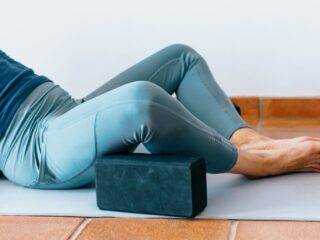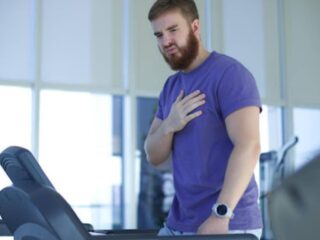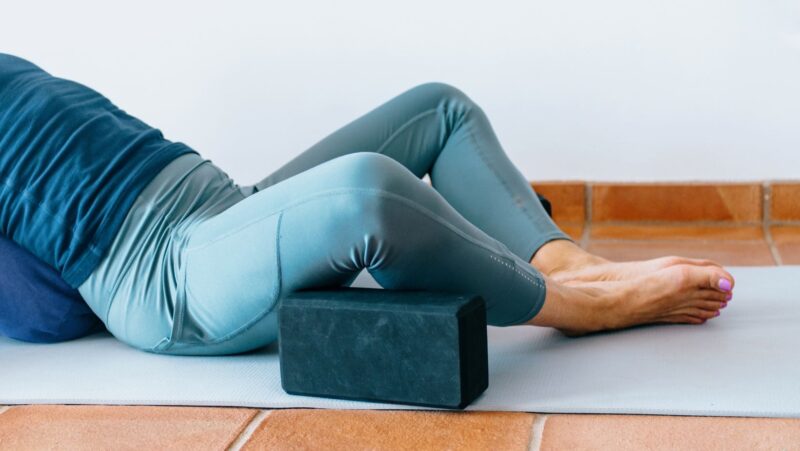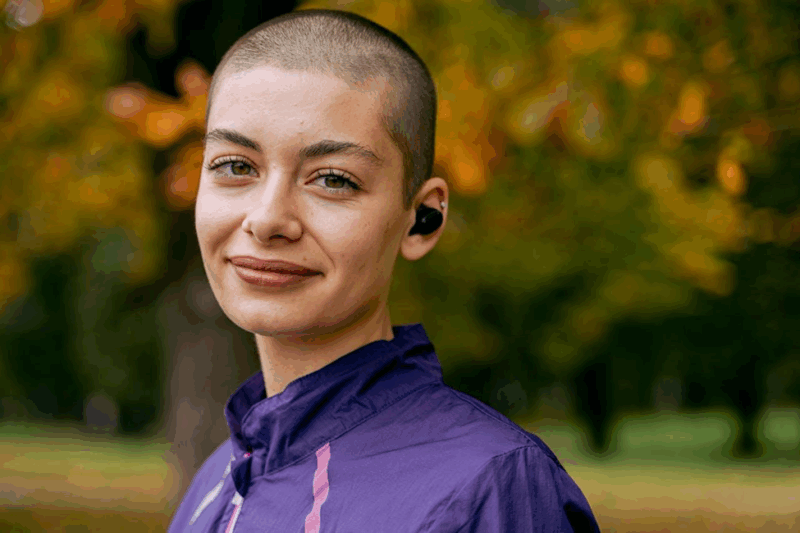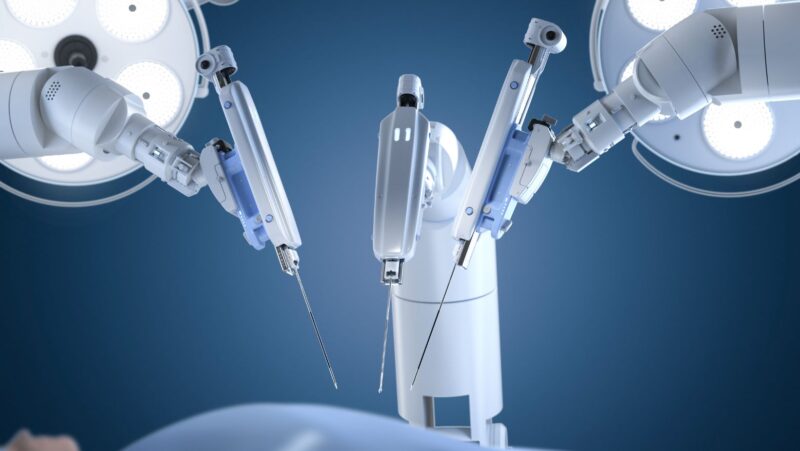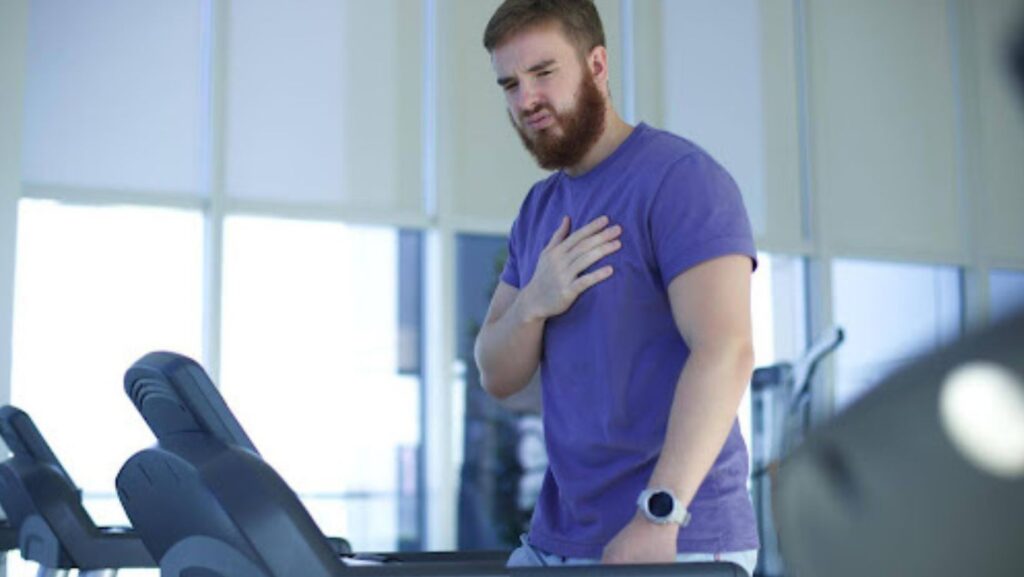
Hey there, folks. Lately, I’ve been scrolling through the news, and it’s hard to miss those heartbreaking stories of young, ripped guys collapsing mid-workout, or seemingly super-fit celebrities dropping from sudden heart issues. Remember when we heard about that pro athlete who seemed invincible, only to be sidelined by a cardiac event? It’s scary stuff, right? It makes you pause before lacing up your sneakers for that next gym session. But here’s the thing: while these incidents grab headlines, they’re not as random as they seem. Drawing from the American Heart Association’s (AHA) research, I want to dive into why this happens, even to the healthiest among us, and how we can keep pushing our limits without playing Russian roulette with our hearts.
Let me start with a personal note. A couple of years back, a buddy of mine—a marathon runner in his 40s—had a close call during a routine jog: no warning signs, just bam, chest pain out of nowhere. Turns out, he had an undiagnosed heart condition lurking beneath all that endurance. Stories like his aren’t isolated; they’re backed by solid data from the AHA, which has been studying sudden cardiac events for decades. According to their reports, sudden cardiac arrest (SCA) isn’t just for the couch potatoes; it’s a real risk for athletes and active folks too. In fact, while overall rates of sudden cardiac deaths in college athletes have dropped over the years, certain groups, like Division I men’s basketball players, still face higher odds. It’s a reminder that fitness doesn’t make us bulletproof.
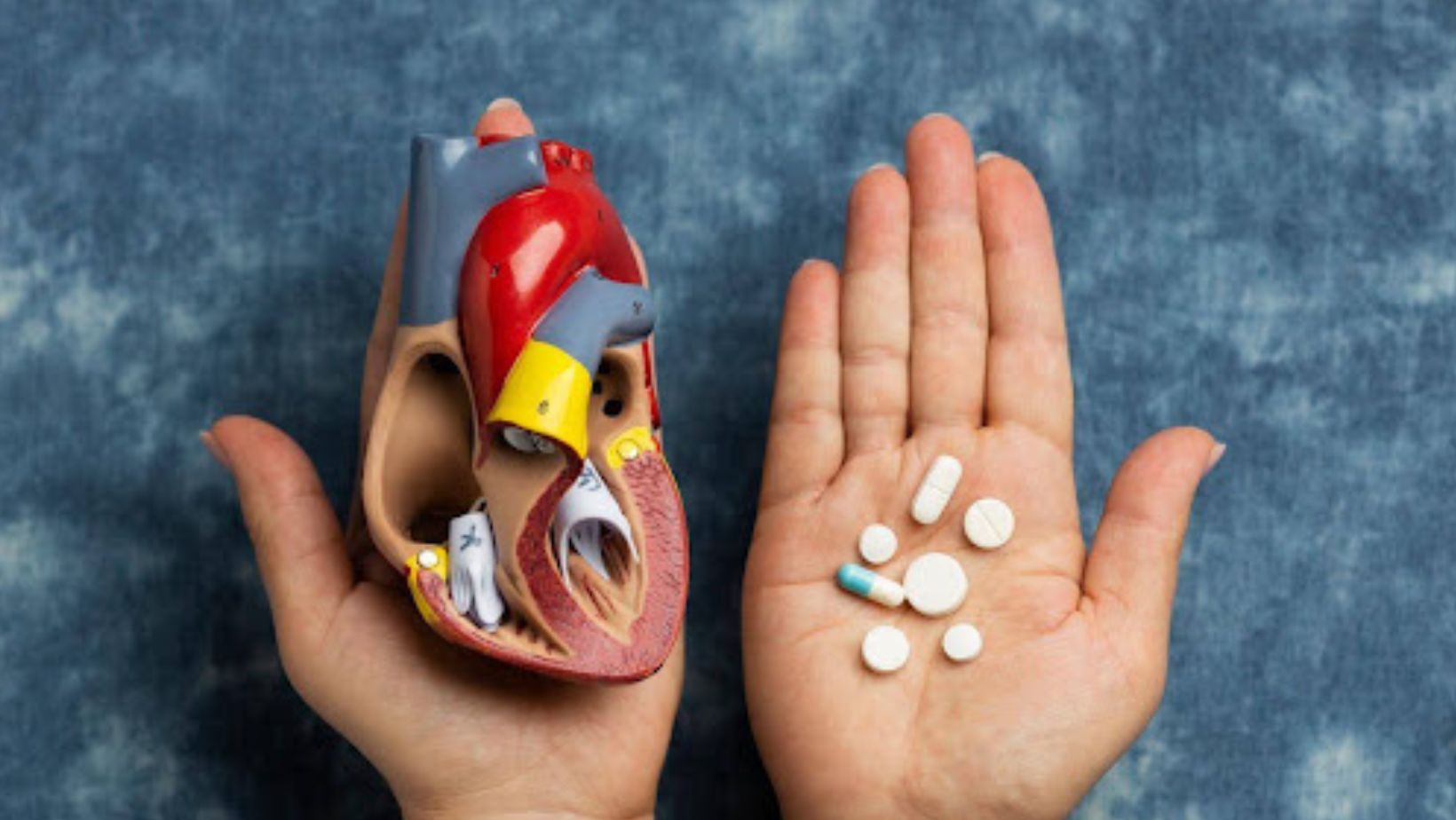
So, what’s going on under the hood? The AHA points to a few key culprits. The big one is hypertrophic cardiomyopathy (HCM), where the heart muscle thickens abnormally, making it harder to pump blood efficiently. This is the leading cause of sudden cardiac death in young athletes, and it’s often genetic. Imagine your heart as a high-performance engine—HCM is like gunk building up in the valves, and intense exercise can push it over the edge. Black athletes, in particular, seem to be hit harder, with studies showing disproportionate links to SCD. Then there are arrhythmias, irregular heartbeats that can turn deadly during a sweat session. These aren’t always obvious; you could be crushing deadlifts one day and feel fine, but the strain triggers a fatal rhythm glitch.
Research from the AHA’s Circulation journal highlights how male sex, Black race, and sports like basketball amp up the risk. Why basketball? It’s the stop-start intensity sprinting, jumping, quick changes- that stresses the heart more than, say, steady-state running. But it’s not just pros; weekend warriors in the gym face similar vibes. Think about it: you’re pumping iron, heart rate spiking, adrenaline flowing. If there’s an underlying issue like coronary artery anomalies or even myocarditis from a past infection, that workout could be the spark. The Mayo Clinic echoes this, noting SCA as the top killer in young athletes, with estimates of 1 in 50,000 affected. Rare? Yes. But when it hits, it’s often without warning.
Now, don’t get me wrong—exercise isn’t the villain here. The AHA is crystal clear: being active slashes your overall heart risk big time. Physically fit people live longer and dodge heart attacks more than sedentary ones. A 2025 report from the AHA and American College of Cardiology even says most athletes can safely keep playing, even with some heart conditions, as long as they’re monitored. The key is spotting those hidden risks early. That’s where screenings come in. The AHA recommends ECGs and family history checks for young athletes, especially if there’s a whiff of genetic issues. For us regular gym rats, a chat with your doc before ramping up intensity is gold. Got high blood pressure or a family history? Get cleared first.
But let’s talk prevention beyond the basics, because knowledge is power. Hydration, listening to your body, those chest pains or dizziness aren’t “pushing through.” The AHA stresses gradual increases in workout intensity to build heart resilience without overload. Slow and steady wins the race; jumping from zero to hero can spike risks. And for those who’ve already had a scare? Post-heart attack exercise is a game-changer. Studies show survivors who stay active cut their death risk by up to 71% compared to couch-bound folks. Even swapping 30 minutes of sitting for light activity drops recurrence odds. Cardiac rehab programs, which the AHA champions, blend supervised workouts with education, think HIIT for heart patients, tailored to your level.
Here’s where I get passionate: supplements. In a world flooded with flashy powders and pills promising peak performance, it’s easy to grab junk. But the AHA’s research nudges us toward smart, evidence-based support for heart health. I’m talking pure supplements, ones free from fillers, contaminants, and hype. Go for medical-grade supplements that have been rigorously tested by doctors and third-party labs. Omega-3 fatty acids from fish oil? Gold for reducing inflammation and supporting artery health, especially if your diet skimps on salmon. But not the cheap stuff—opt for pharmaceutical-grade versions your cardiologist approves, like those with EPA and DHA verified for purity. Coenzyme Q10 (CoQ10) is another winner; it boosts cellular energy in the heart muscle, particularly if you’re on statins, which can deplete it. AHA-linked studies suggest it helps with recovery post-heart event, but only the ubiquinol form that’s bioavailable and doctor-vetted.
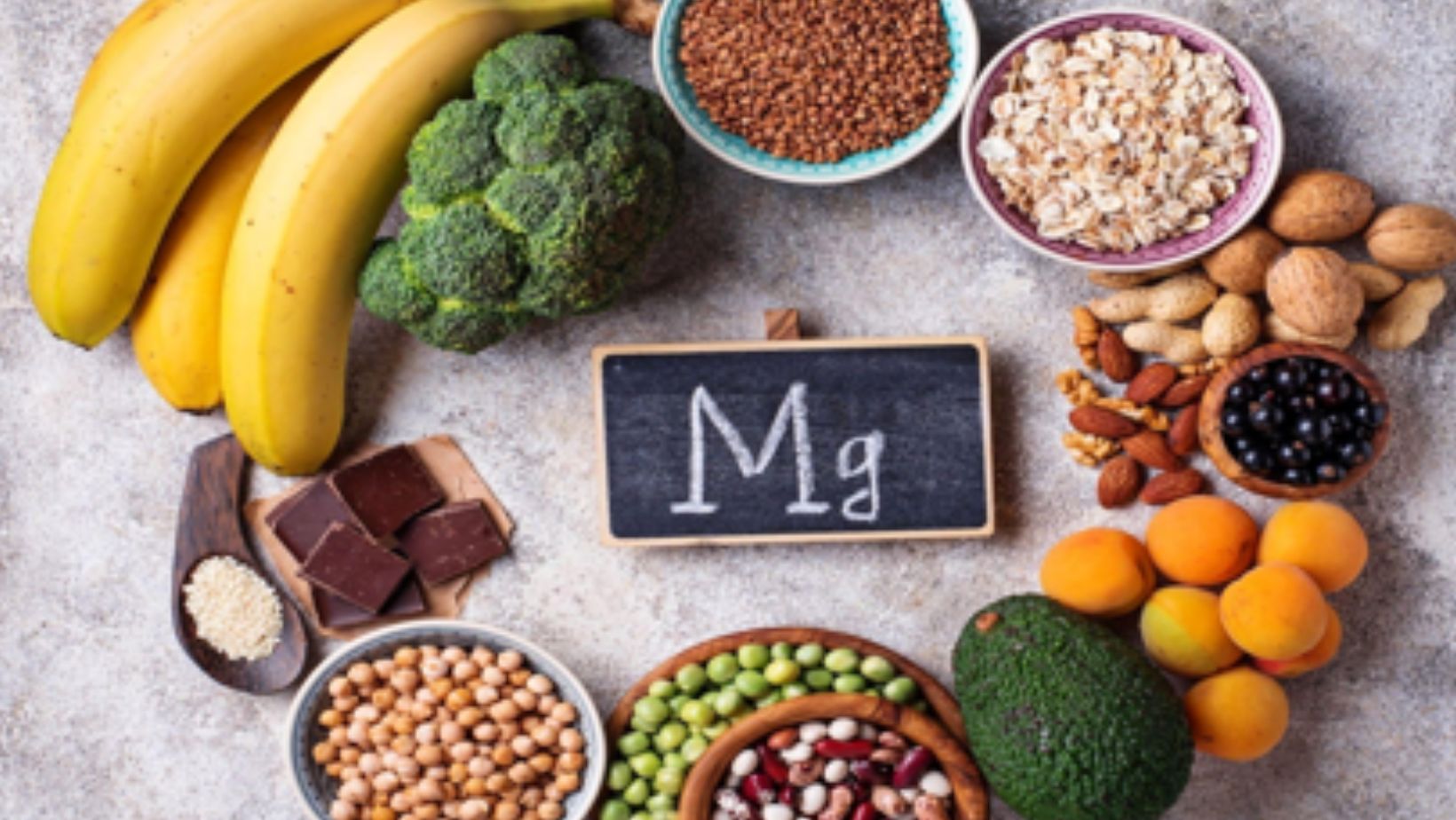
Don’t forget magnesium; many of us are deficient, and it regulates heart rhythm. Pure, chelated magnesium supplements, tested for heavy metals, can prevent arrhythmias that lead to those gym collapses. Vitamin D, too, if blood tests show you’re low; it ties into calcium balance for strong heart contractions. The AHA warns against mega-dosing without guidance, but when paired with a doc’s nod, these can fortify your heart against stress. I always say, treat supplements like medicine: consult your physician, get brands with USP verification, and integrate them with real food. No pill replaces veggies and lean proteins, but pure medical-grade supplements fill gaps safely.
Wrapping this up, the rise in these stories isn’t a call to quit the gym; it’s a wake-up to train smarter. The AHA’s data shows that for most, exercise’s perks far outweigh risks, with active folks enjoying 50% lower chances of SCA. But awareness is key: know your family history, screen regularly, ease into intensity, and bolster with doctor-approved supplements. My buddy? He’s back running, wiser and supplemented under medical watch. If you’re hitting the weights or trails, honor your heart; it’s the ultimate muscle. Stay safe out there, and keep moving.

